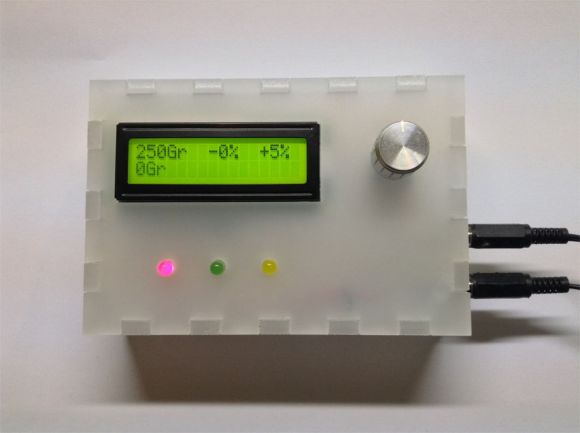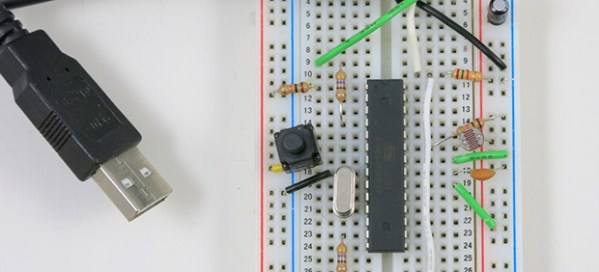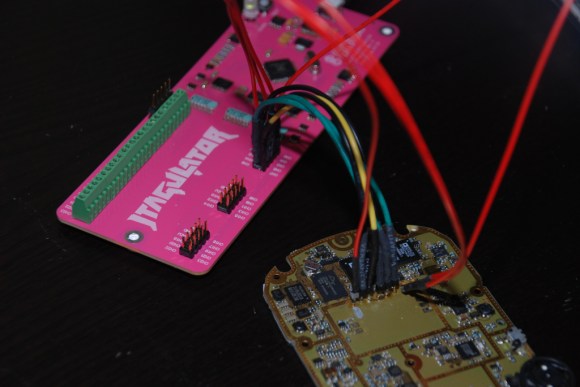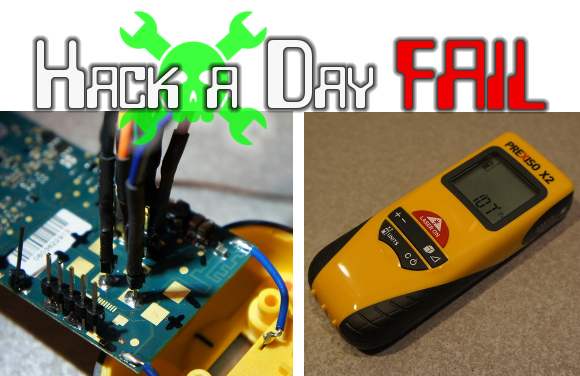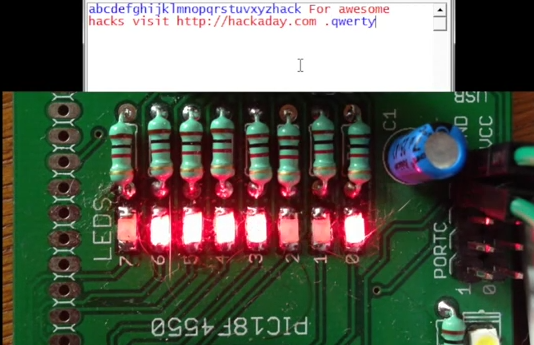
[Jesus] is helping his cousin learn about microcontrollers. Right now they’re on the subject of serial communications, which turned into a nice way to add a Hackaday Easter Egg.
Using and FTDI chip in conjunction with the PIC 18F4550 (it’s a little soon for them to tackle implementing USB directly) the serial data is shown in a terminal window. At the same time the binary value of each byte is flashed on the PORTD LEDs. When the chip receives the characters “hack” it immediately echos back the recommendation to check out the awesomeness that is Hackaday. He posted the code used in this example as a Gist.
This is an entry in the Fubarino Contest for a chance at one of the 20 Fubarino SD boards which Microchip has put up as prizes!
Continue reading “Fubarino Contest: Serial Data Transmission”


